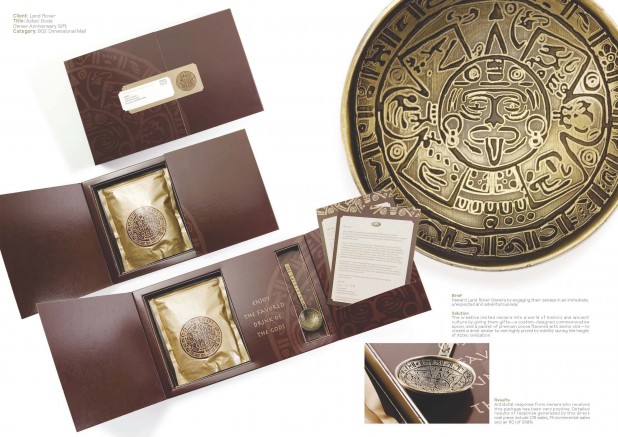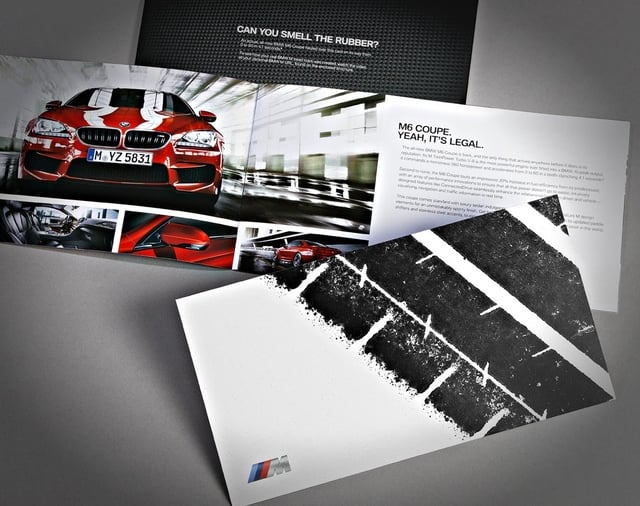There are more millionaires living in the United States than ever before, and with income inequality on the rise, affluent audiences represent a large opportunity to marketers. In this post, we'll cover 5 actionable insights for direct marketing to this highly lucrative segment.
Members Only
This group of over-achieving individuals are rooted in a highly disciplined, habitual lifestyle; they attempt to build good habits that foster opportunity (84%) in order to automate their life and free up valuable time for strategic thinking and big picture planning.
Also interesting to note, the wealthy tend to read 30 minutes or more each day, with 86% admitting they "love to read."
These habits are congruent with recent findings by the Shullman Research Center, which confirmed that affluent segments prefer traditional advertising channels when engaging with their favorite brands (4 out of the top 5 channels were traditional). And the highest level of engagement in these ads was in print magazines (24%), with direct mail not far behind (19%).
So we know this audience is receptive to receiving your message in physical form. The question is, how do you make your message stand out from the other brands pining for attention (and wallets)?
1. Pay(per) Attention
One of the most effective ways to enhance your direct marketing to affluent segments is using different types of textured/coated stocks. The benefits of this approach are two-fold:
- Stand out from other mail or collateral they may be sifting through
- Increase the perceived value of your mail package and align the product/service or brand being marketed with the luxury concept
When you think about the lifetime value of this segment (and the amount of discretionary income they have to spend), the added cost of using a more expensive stock is completely justified. Not to mention, textured/coated stocks play exceptionally well into the tactile nature of direct mail, increasing the propensity for engagement.
2. cards are king
Another relevant tactic to increase direct marketing effectiveness is including personalized cards in your direct mail package. This tactic also increases the perceived value of a package, plus, it gives the recipient something tangible to hold onto after the "Mail moment" has passed.
Highly effective in customer acquisition and retention campaigns alike, plastic/paper cards have been making all the splash lately; what was once used strictly in financial services now finds itself being leveraged across many different industries.
As cards (especially plastic ones) increase the cost of a package, it might make sense to only include card components in packages targeted to affluent segments, vs. including cards in every package you send.
3. gift-giving
Just because the wealthy archetype can afford to buy their own gifts, it doesn't mean they should be overlooked. Sometimes, it pays to include a small gift or token of recognition with your message. This helps establish a stronger connection and increase positive rapport.

4. Patience Is A Virtue
In consideration of the audience, one of the most important things to remember is that they are not pressed to make their purchase decision; wealthy people tend to be more assertive than non-wealthy people so naturally there is less deliberation and financial considerations on their end. When they want something, they act.
In the realm of multi-channel marketing, this means setting campaigns to work synergistically with one another (in order to remain top of mind, at all times). For example, running a highly targeted remarketing campaign via email as a complement to a direct mail campaign can help ensure your message is consistent and strongly reinforced.
Even better: ramping up a paid SEM budget around the keywords/phrases included in direct mail copy (and scheduling the campaign around in-home dates) is a surefire tactic for helping guide the audience to your brand—and don't forget about recent changes to the biggest ad network, as well.
In the realm of direct mail, alternating between standard and priority delivery is another tactic for capitalizing on the "Act now" mentality. Many options exist to get your message delivered fast or to create the perception that you've sent something important.
5. SELL FOR the moment
Business 101 dictates you either compete on cost or differentiation when positioning a product or service; in the case of marketing to the wealthy, the cost element is often less important. In fact, many affluent people tend to gravitate towards outrageously expensive products/services because the cost keeps others out (exclusivity).
Therefore, when devising direct marketing strategy for engaging the affluent, compete on the experience and any momentary feelings to compel your audience to act; an X-factor appeal, if you will.

This example from Kirshenbaum Bond Senecal + Partners plays on the olfactory sensors—it looks and smells like rubber.
Key Takeaways
In the quest to capitalize on the capitalist segment, the most important thing to remember is they are no different from any other segment—they share values and preferences that cause them to interact with brands differently.
Sure, they have more access and less financial considerations when buying into particular products/services and brands. But ultimately, the same way Millennials feel strongly about brand transparency, the wealthy demo feels strongly about products/services that speak to the experience and moment of ownership.
Ensuring your offering is relevant to your audience, whether it's $8 or $8M, and constantly testing/refining your strategy, is the only way to remain truly viable in the marketing ecosystem.

